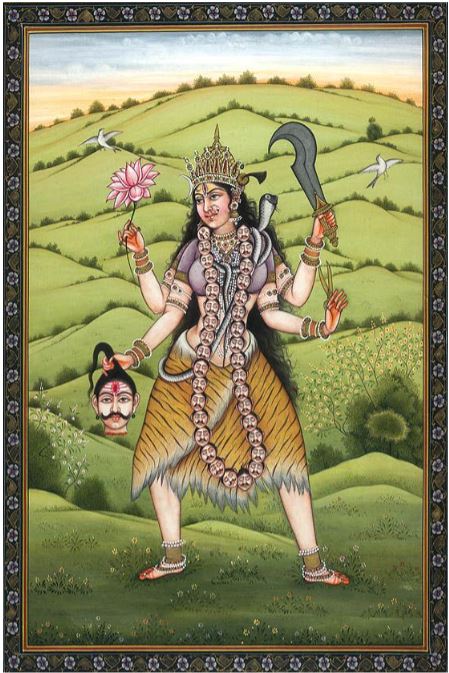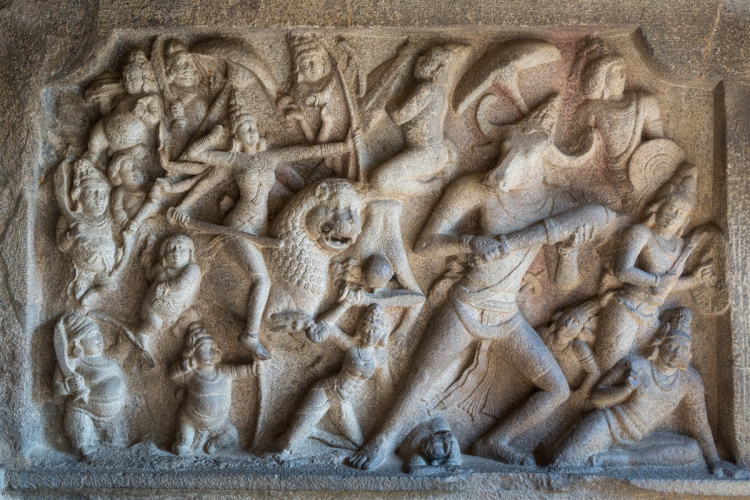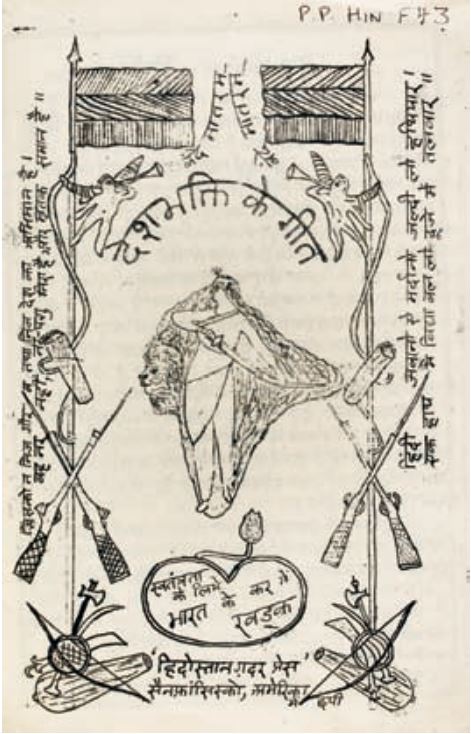
Peshwas and the Ganesh Festival!
The Shaniwarwada was one of the beautiful mansions whose foundation was laid by Peshwa Bajirao I (1720-1740) on 22nd January 1732, by arranging an opening ceremony according to Hindu religious customs,...
#GaneshChaturthi
1/n
The Shaniwarwada was one of the beautiful mansions whose foundation was laid by Peshwa Bajirao I (1720-1740) on 22nd January 1732, by arranging an opening ceremony according to Hindu religious customs,...
#GaneshChaturthi
1/n

after this Rs.15 were paid in charity to Brahmans on the occasion.
Originally, the Wada was simple with the main Diwankhana or main hall with some ornamental carvings.
2/n
Originally, the Wada was simple with the main Diwankhana or main hall with some ornamental carvings.
2/n
Later on from Peshwa, Balaji Bajirao (1740-1761), to Nana Phadnawis, Prime Minister to Sawai Madhavrao (1774-1795) made alterations by adding the rooms, halls, galleries, towers, pavilions and fountains. The palace contained large chouks and several large halls
3/n
3/n
or ‘Diwankhanas’ out of which main Diwankhana or the Durbar hall Ganpati Rang-Mahal was designed and built by Balaji Bajirao, the third Peshwa, for celebrating Ganpati Festival, in 1755.
4/n
4/n
The ceilings of the hall were painted with scenes from the great epics, the Mahabharat and the Ramayan. The pillars supporting the hall were beautifully carved out like a cypress tree. Captain Moor who visited the hall in 1791 writes,...
5/n
5/n

“He (the Peshwa) has a very magnificent room in his palace at Poona, called the Ganes room, in which, on particular festivals in honor of Ganes, he receives numerous visitors; I have seen more than a hundred dancing girls in it at one time.
6/n
6/n
At one end, in a recess, is a fine gilt figure, I believe in marble, of this deity, and many other mythological decorations around it; the other end of the room, bounded by a narrow strip of water in which fountains play,...
7/n
7/n
is open to a garden of fragrant flowers, which, combined with the murmuring of the fountains, has a very pleasing effect.”
The Ganpati Festival was annually held in a grand manner in the Ganpati Rang-Mahal from the 1st bright day of Bhadrapad to the 10th.
8/n
The Ganpati Festival was annually held in a grand manner in the Ganpati Rang-Mahal from the 1st bright day of Bhadrapad to the 10th.
8/n
The Mahal was beautifully decorated and the crystal chandeliers and crystal globes along with mirrors and the paintings multiplied the effect. In the center the Peshwa's musnud (seat of honor) with gold brocade work was seen shining,
9/n
9/n
on both the sides the principal Maratha nobles, Sardars, Shiledars and other darbaris, all arrayed in brilliant costumes and jewels, were seated according to their ranks, and amidst the cries of the Chopdars and Bhaldars, the Peshwa Sawai Madhav Rao entered the Darbar Hall
10/n
10/n
and with a dignifying bearing took his seat on the throne.
The whole durbar saw where sacred music, dancing and Kathas were held for the varied character of the festival. Parasnis in his, ‘Poona in bygone days’ mentions the account of Ganesh festival in 1795,
11/n
The whole durbar saw where sacred music, dancing and Kathas were held for the varied character of the festival. Parasnis in his, ‘Poona in bygone days’ mentions the account of Ganesh festival in 1795,
11/n
1. A number of 181 Gosavi Haridas preachers for Kathas were granted Rs. 2,155 exclusive of dresses.
2. A number of 39 singers were rewarded with Rs. 329
12/n
2. A number of 39 singers were rewarded with Rs. 329
12/n
3. A set of 43 girls performing traditional dance form were rewarded with Rs. 1026.
4. Other musicians who played Pakhwaj numbering 43 were given Rs.121 and the Wajantri who brought 25 sets were rewarded with Rs. 240.
13/n
4. Other musicians who played Pakhwaj numbering 43 were given Rs.121 and the Wajantri who brought 25 sets were rewarded with Rs. 240.
13/n
On the occasion, the servants who participated in the festival were granted presents along with sweets, the Brahmins were invited for lunch and then were presented with sweets.
14/n
14/n
Finally, on the last day, the Ganpati idol in clay was taken in a flower-decked palanquin and was immersed in the river marking the end of the Ganesh festival.
Reference: Poona in bygone days: D. B. Parasnis
15/n
Reference: Poona in bygone days: D. B. Parasnis
15/n
Image 1: Ganpati Procession: A painting by the pupils from the Peshwa's Chitrashala. Reference: 'Poona in bygone days'- D. B. Parasnis
Image 2: Ganpati Rang Mahal - Peshwa's Durbar in 1790. Reference: Wikipedia
#GaneshaChaturthi2020
#Ganeshotsav2020
#Ganesha
n/n
Image 2: Ganpati Rang Mahal - Peshwa's Durbar in 1790. Reference: Wikipedia
#GaneshaChaturthi2020
#Ganeshotsav2020
#Ganesha
n/n
• • •
Missing some Tweet in this thread? You can try to
force a refresh








